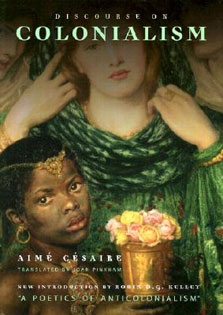About The Book
This volume summarizes the state of the art of Variscan geology from Iberia to the Bohemian Massif. The European Variscan belt consists of two orogens:...
Read more
the older, northern and the younger, southern. The northern Variscan realm was dominated by Late DevonianCarboniferous rifting, subduction and collisional events as defined by sedimentary records, crustal growth, recycling of continental crust and large-scale deformations. In contrast, the southern European crust was reworked by major Late Carboniferous collision followed by Permian wrenching. The Late CarboniferousPermian orogeny overprinted the previously accreted system in the north, but with much lower intensity, resulting in magmatic recycling and extensional tectonics. These two main orogenic cycles do not reflect episodic evolution of a single orogenic system but a complete change in orientation of stress field, thermal regime, degree of reworking and recycling of European crust, reflecting a major switch in plate configurations at the EarlyLate Carboniferous boundary.The Geological Society of LondonFounded in 1807, the Geological Society of London is the oldest geological society in the world, and one of the largest publishers in the Earth sciences.The Society publishes a wide range of high-quality peer-reviewed titles for academics and professionals working in the geosciences, and enjoys an enviable international reputation for the quality of its work.The many areas in which we publish in include:-Petroleum geology-Tectonics, structural geology and geodynamics-Stratigraphy, sedimentology and paleontology-Volcanology, magmatic studies and geochemistry-Remote sensing-History of geology-Regional geology guides
Hide more




